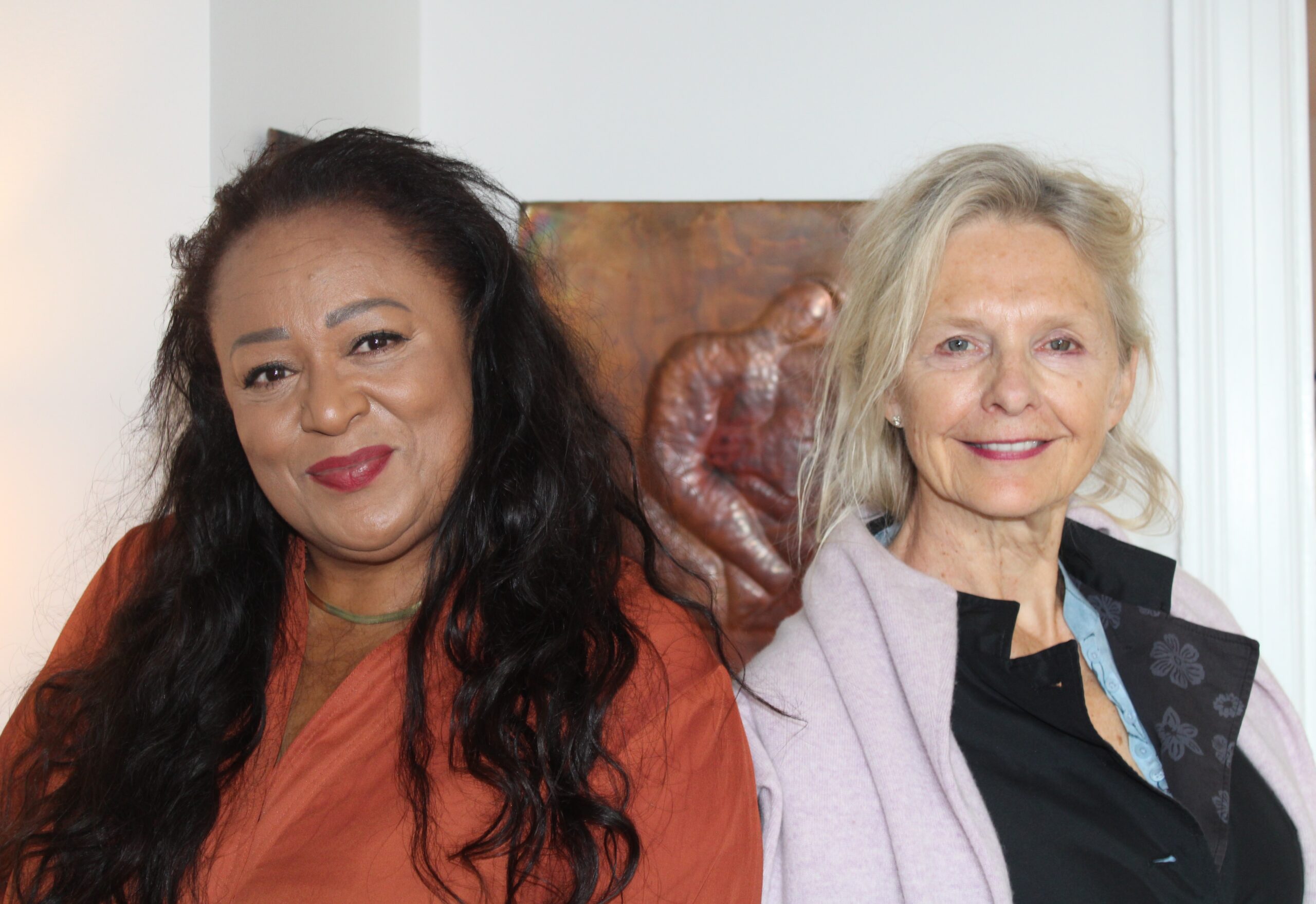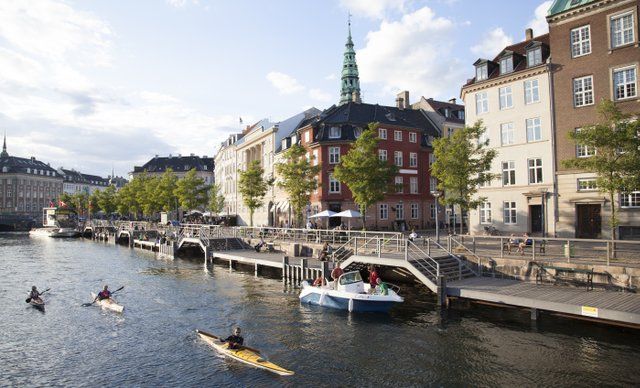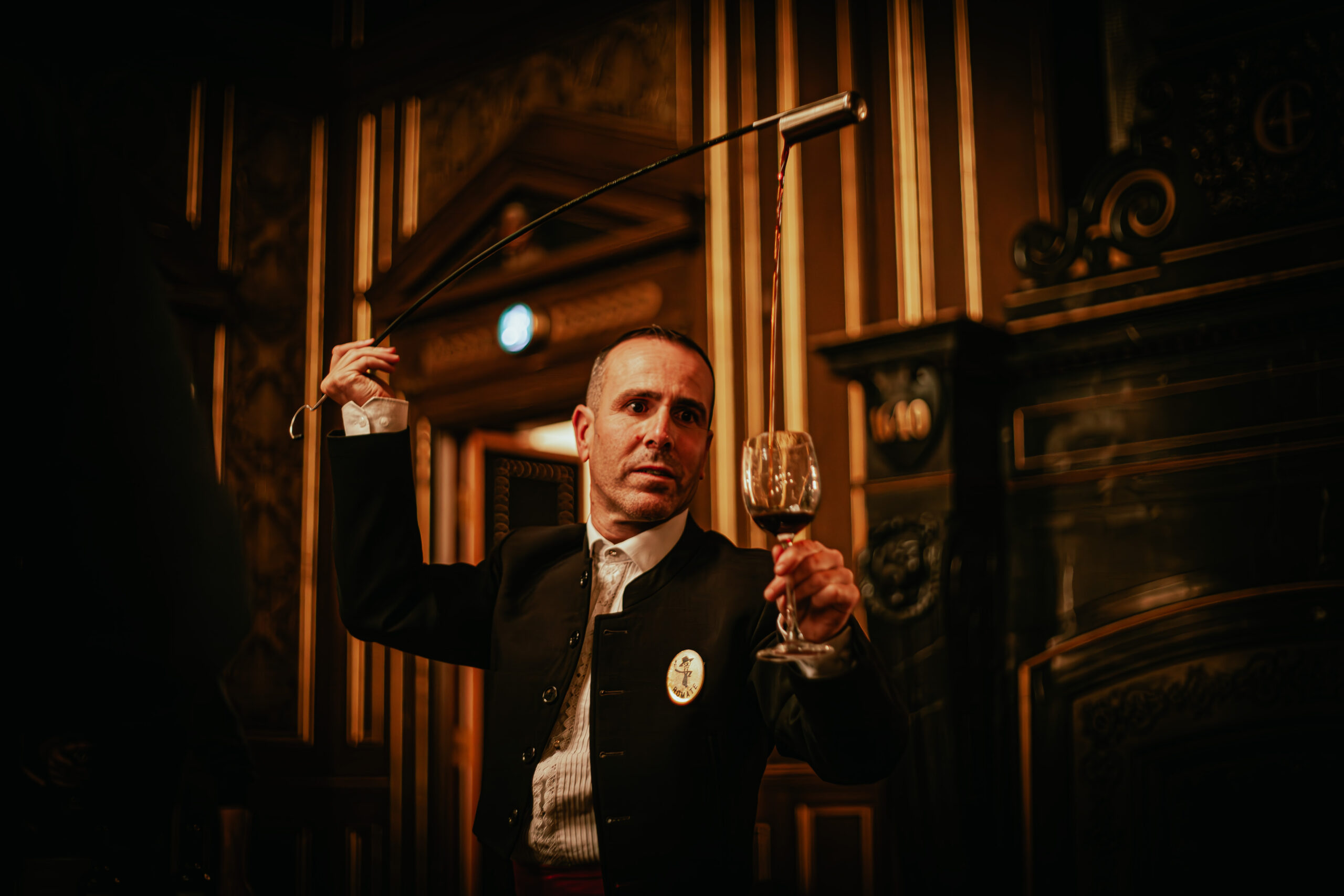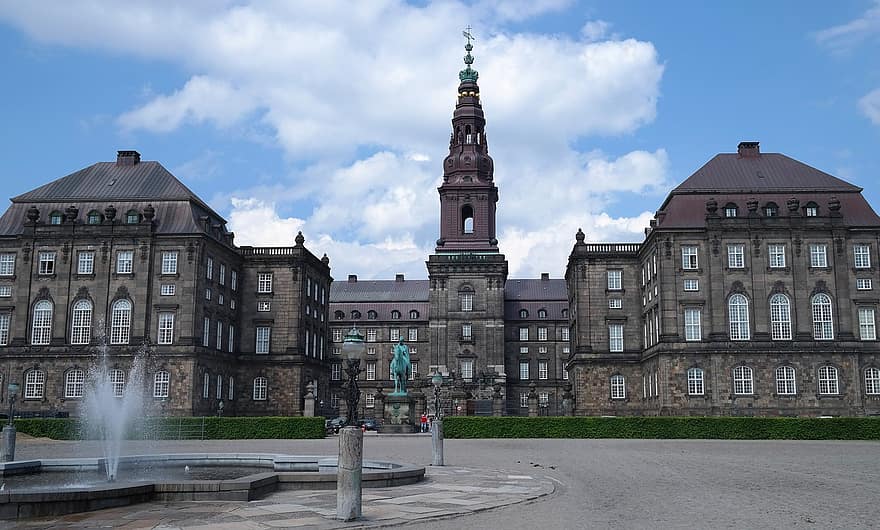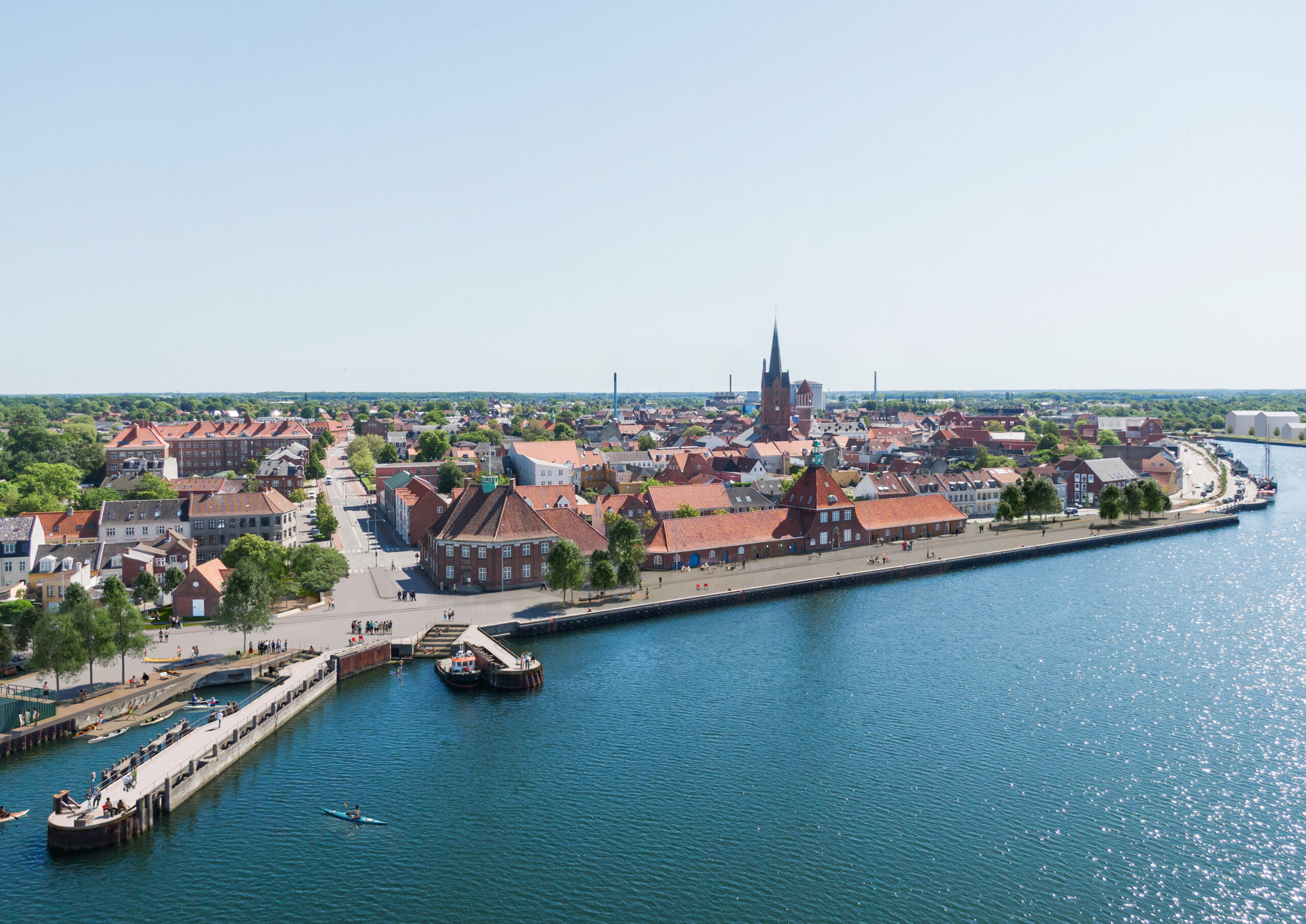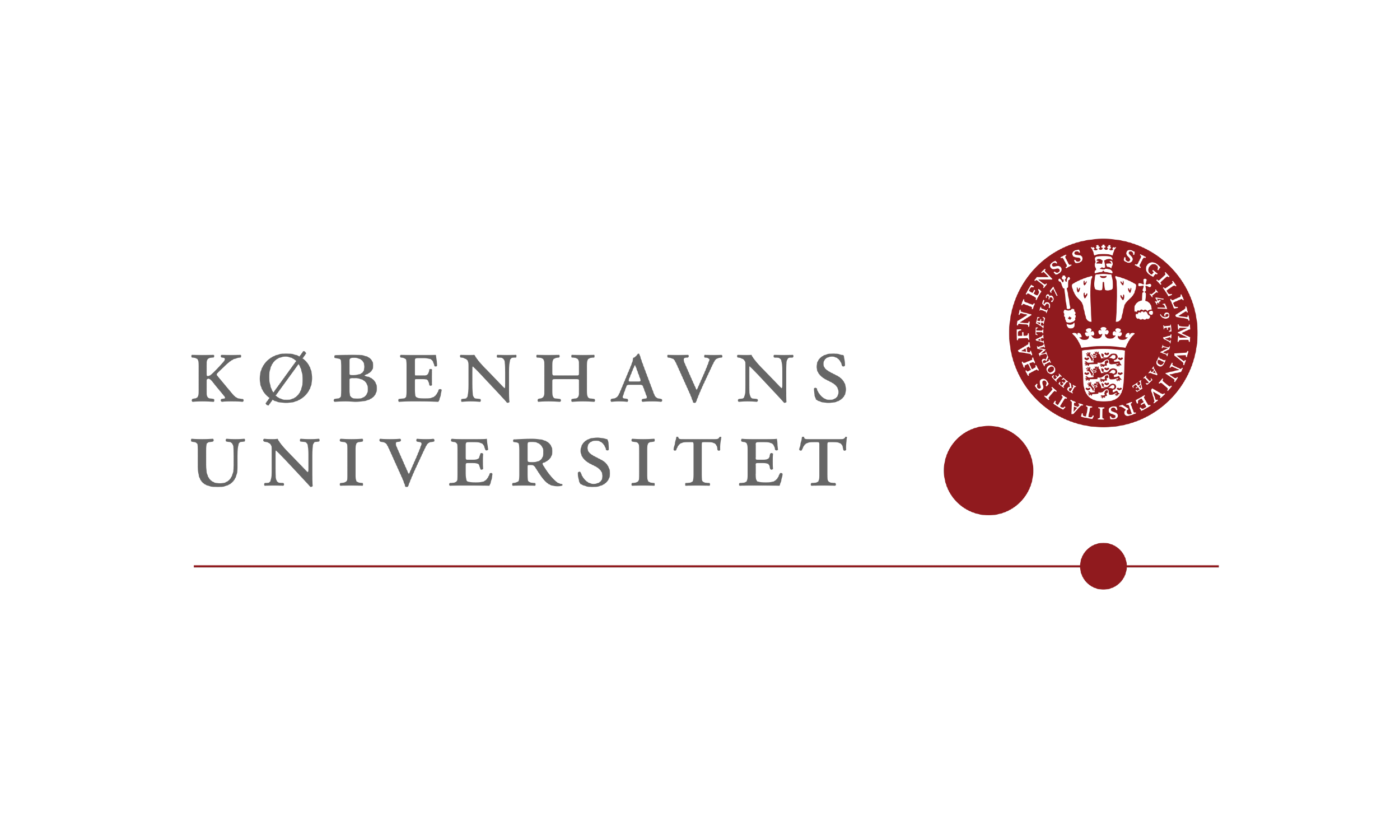On Monday evening around 8 pm unknown persons released thousands of minks from a farm near Assens on the island of Funen.
The fur farm’s owner could not say exactly how many minks had escaped, but estimated that as many as 3,000 out of 7,500 animals had been freed.
In addition to opening the cages, the perpetrators cut holes in the fencing around the farm. Funen police were searching for clues as to who was behind the action, but suspected animal rights activists.
Some 50 local civilians, including other mink breeders and hunters, spent Monday evening trapping and, in numbers of cases, killing the escaped animals. By Tuesday afternoon, authorities reported that all but approximately 100 of the estimated 3,000 escaped minks had been recaptured or killed.
Police characterised the minks as “aggressive” to explain why numbers of them were shot.
“The mink are at an age right now where they are aggressive,” Funen police officer Thomas Anderskov told public broadcaster DR. “It means you can’t approach them without it getting dangerous. The decision was made therefore that some of them had to be destroyed.”
Fur breeder and chairman of the Danish Fur Breeders’ Association, Tage Pedersen, said Monday night’s break-in was disastrous.
“It has enormous consequences. Primarily personal consequences for the owner, who tends and cares for the minks every day. But it also affects the minks, the breeder and the other animals in nature,” he told DR.
Funen forest manager Søren Strandgaard agreed that the escaped minks could have serious consequences for other wildlife. However, he suggested that the animals that could suffer the most are the minks themselves.
“Most of the minks that have been let out will starve to death. They are used to being fed and very few of them will be capable of finding their own food,” Strandgaard told Funen news service Fyens.dk.
But the minks that do manage to survive in the wild would cause other damage, Strandgaard said, as they would probably seek out wetland areas where they would eat bird chicks and birds’ eggs.
“They in fact risk having fatal consequences for young bird populations,” Strandgaard added. “They don’t belong in the Danish ecosystem.”
Last month a former member of the Danish Agricultural Council, mink breeder, and long-time chairman of the Danish Fur Breeders’ Association, Erik Ugilt Hansen, was charged with gross animal abuse against minks.
The media had obtained pictures taken by Swedish animal rights activists in September 2010 showing severely neglected animals on Hansen’s mink farm in the Jutland town of Hobro. The group also provided photographs allegedly depicting suffering and neglected animals on fur farms owned by five of the seven members of the Danish Fur Breeders’ Association.
The association’s members claimed that the photographs were altered, but police and the director of the Danish animal protection organisation Dyrenes Beskyttelse dismissed those claims.
In February, North Jutland police visited Hansen’s farm to investigate. The veterinarian who accompanied them reported finding animals with bloody, bitten-off tails and infected and untreated wounds on their heads, faces and bodies. Police took additional photographs to corroborate the evidence and Hansen was charged with gross animal neglect. He stepped down as chairman of the Danish Fur Breeders’ Association shortly afterwards.
Denmark is the world’s largest producer of mink pelts, accounting for approximately 40 percent of all mink fur farming globally. Approximately 14 million mink pelts are culled each year in Denmark by some 2,000 fur breeders. Foxes, chinchillas and rabbits are also bred for their pelts in smaller numbers in Denmark.

